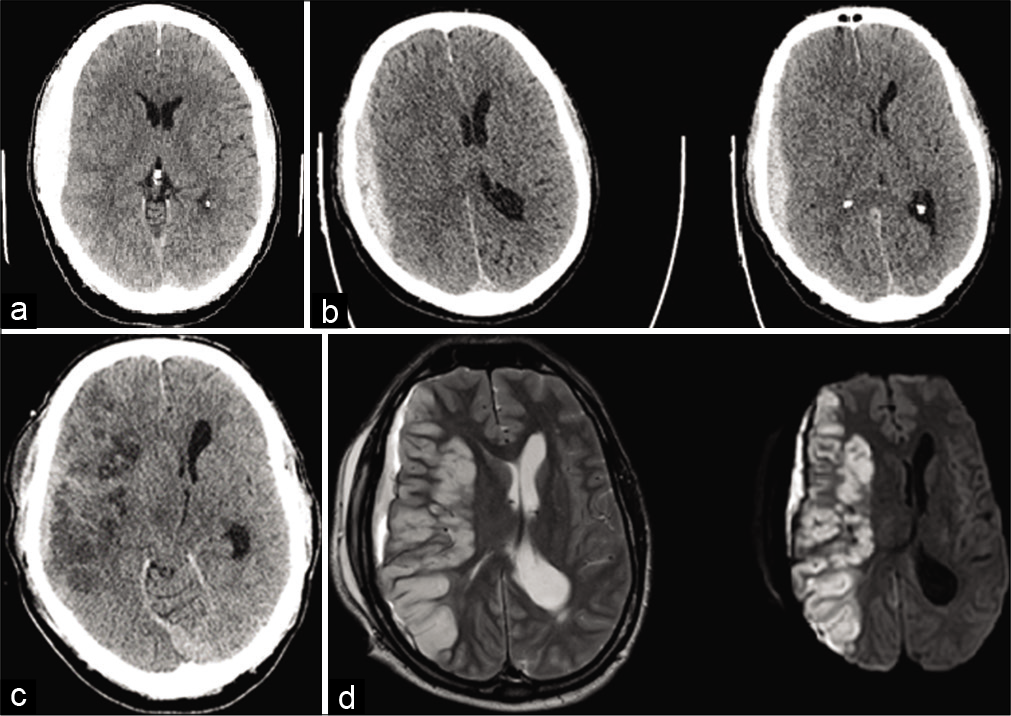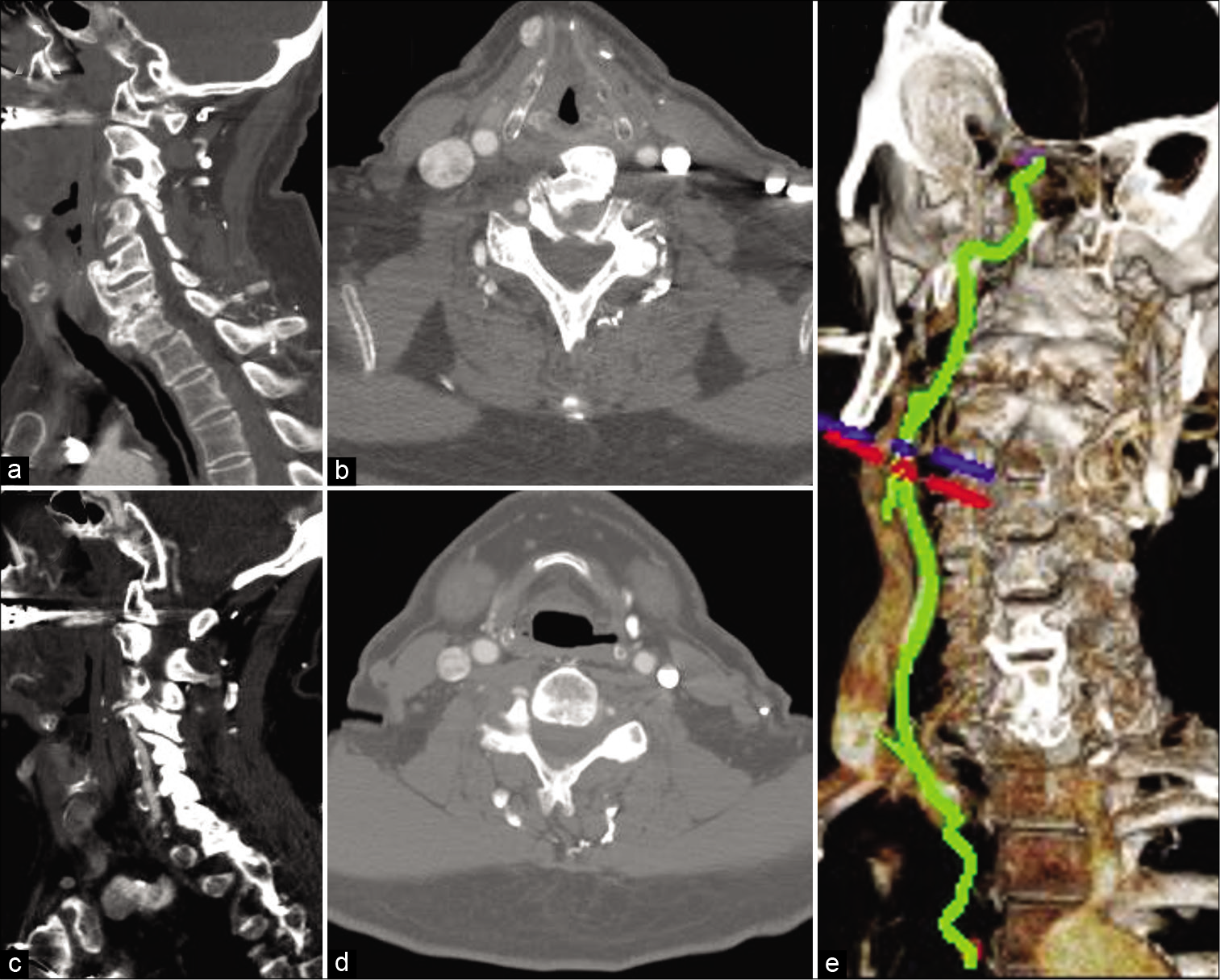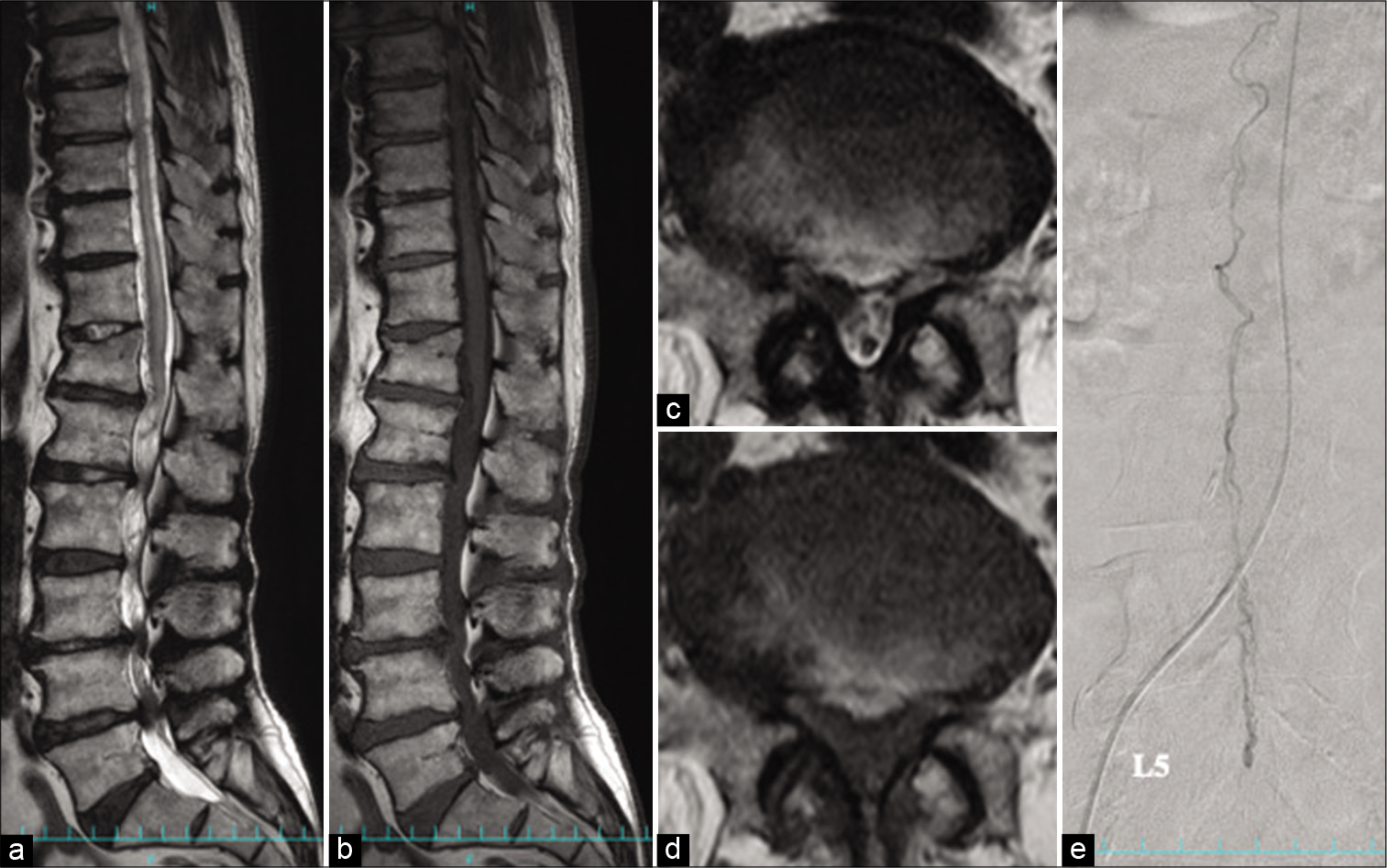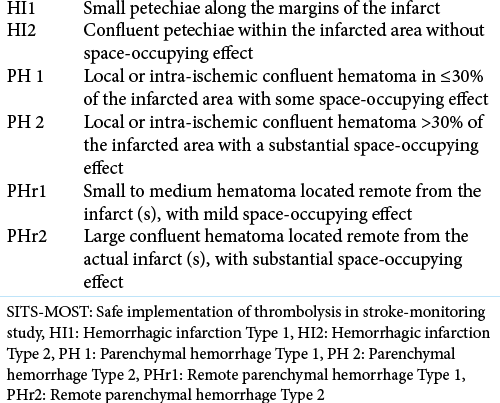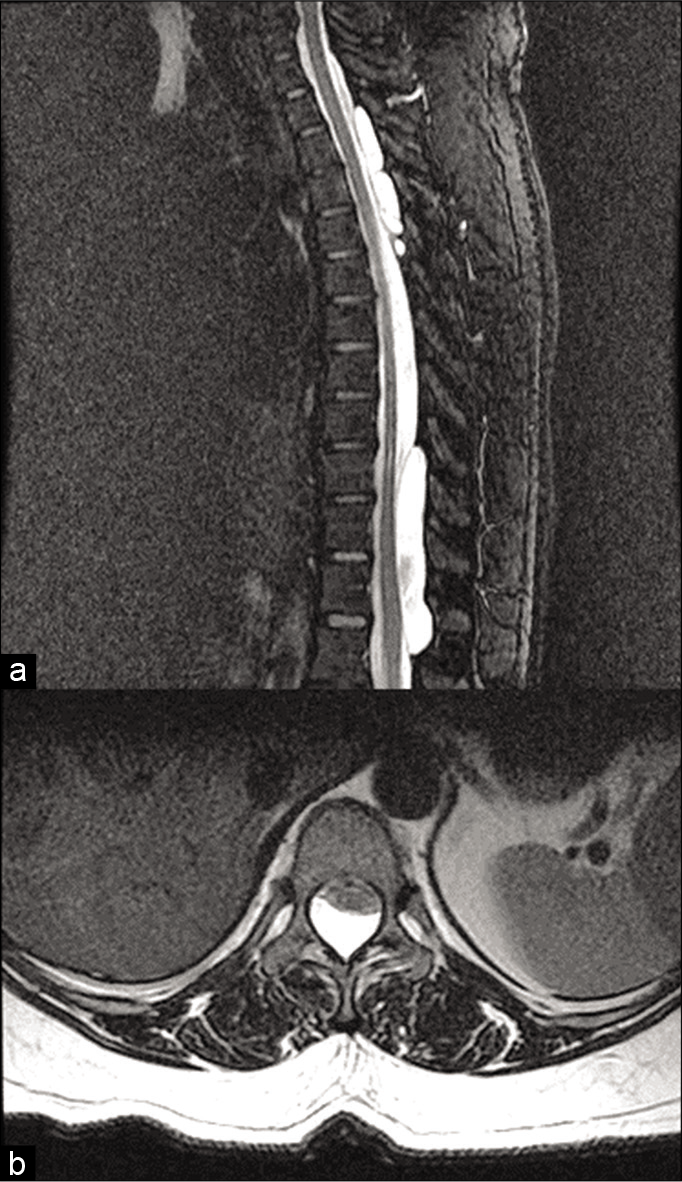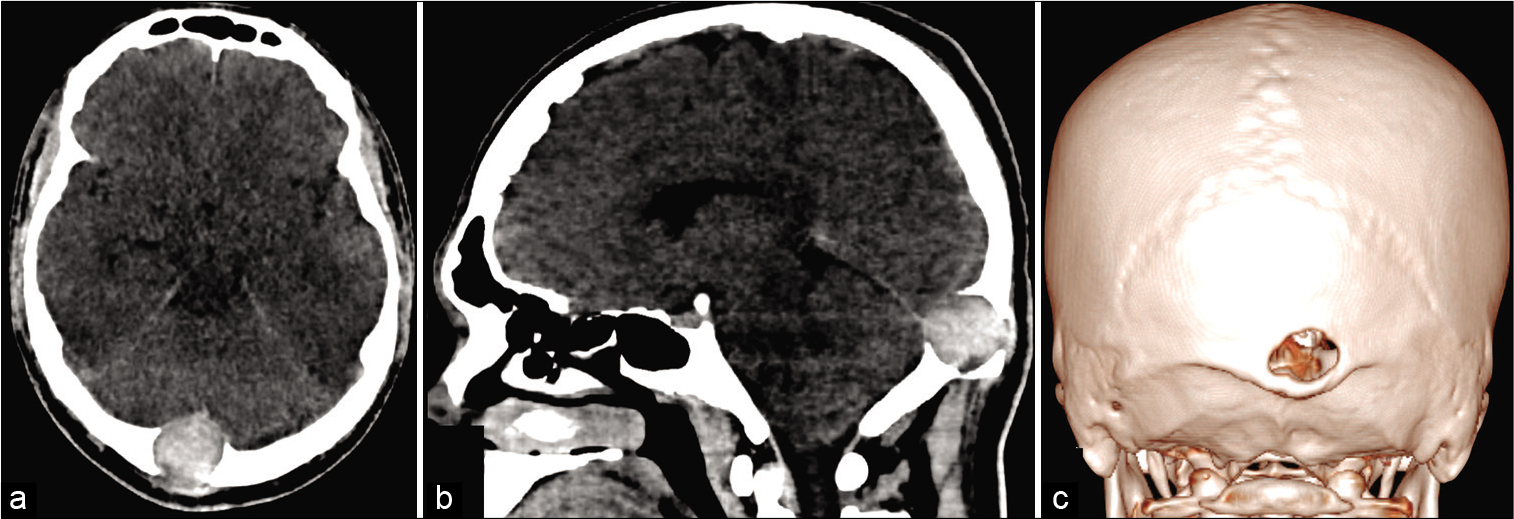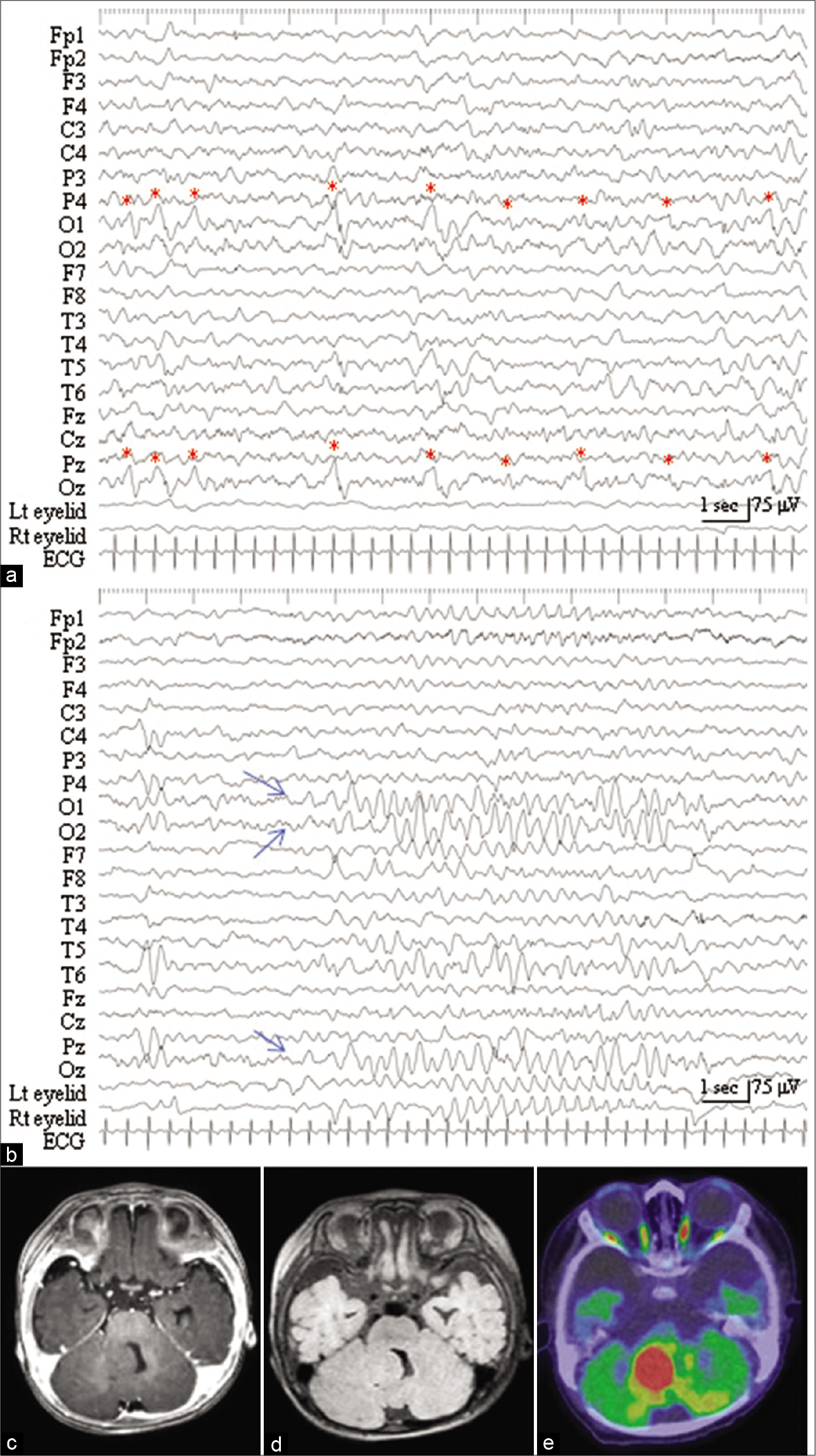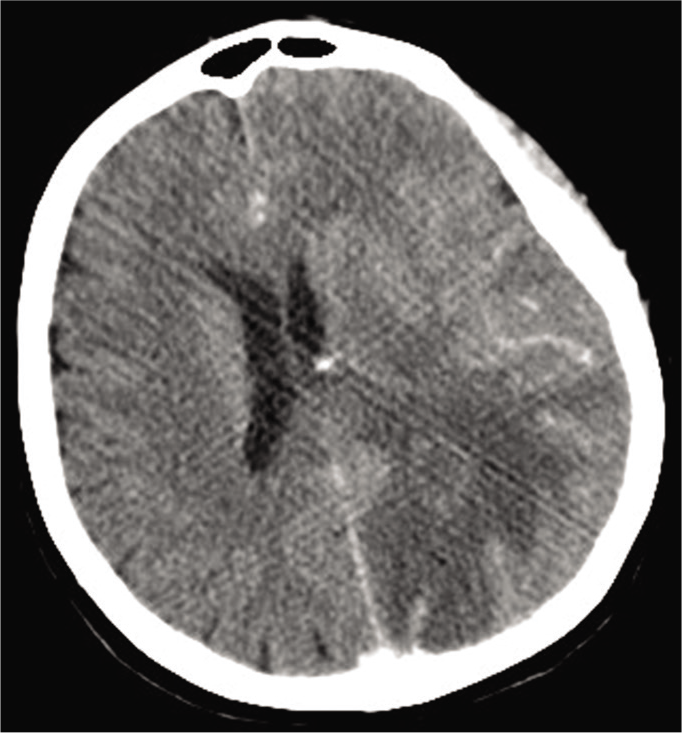Malignant middle cerebral artery infarction following subacute subdural hematoma: A case report and literature review
Date of publication: 17-Mar-2021
Background: Subacute subdural hematomas (ASDH) are only treated surgically when they cause mass effect significant enough to give symptoms. Rarely, sub-ASDH may cause enough pressure to result in a malignant middle cerebral artery (MCA) territory infarction. Decompressive craniectomy (DC) is the last resort to reduce intracranial pressure following malignant MCA infarction. Herein, we review the literature and describe a case of MCA/posterior cerebral artery (PCA) territories infarction following drainage of a sub-ASDH that was treated with DC with good outcome.
Fusion for subaxial bow hunter’s syndrome results in remote osseous remodeling of the hyperostotic growth responsible for vertebral artery compression
Date of publication: 17-Mar-2021
Background: The authors present a previously unreported case of a patient with diffuse idiopathic skeletal hyperostosis (DISH) who developed bow hunter’s syndrome (BHS) or positional vertebrobasilar insufficiency. In addition, the authors demonstrate angiographic evidence of remote osseous remodeling after segmental fusion without direct decompression of the offending bony growth. BHS is a rare, yet well established, cause of posterior circulation ischemia and ischemic stroke. Several etiologies such as segmental instability and spondylosis have been described as causes, however, DISH has not been associated with BHS before this publication.
Spinal arteriovenous fistula in the lipoma of the filum terminale: A report of two cases and literature review
Date of publication: 17-Mar-2021
Background: Filum terminale arteriovenous fistulas (FTAVFs) are rare and their pathogenesis remains unknown. The authors report two cases of FTAVF that arose in the lipoma of the filum terminale.
Types of intraparenchymal hematoma as a predictor after revascularization in patients with anterior circulation acute ischemic stroke
Date of publication: 17-Mar-2021
Background: Intracranial hemorrhage after revascularization for acute ischemic stroke is associated with poor outcomes. Few reports have examined the relationship between parenchymal hematoma after revascularization and clinical outcomes. This retrospective study aimed to investigate the risk factors and clinical outcomes of parenchymal hematoma after revascularization for acute ischemic stroke.
Multiple extradural spinal arachnoid cysts: A case report
Date of publication: 17-Mar-2021
Background: Extradural spinal arachnoid cysts (SACs) rarely cause neural compression and disability.
Acute-onset diplopia from intracranial hypertension due to torcular herophili obstruction by an hemorrhagic intradiploic epidermoid cyst
Date of publication: 17-Mar-2021
Background: Epidermoid cysts are benign slow-growing congenital lesions, constituting approximately 1% of all cranial tumors. Most of these lesions are located intradurally, while about 10–25% of them are located within the diploic spaces. Intradiploic epidermoid cysts are usually discovered incidentally and may remain asymptomatic for many years, but in rare instances, they may grow intracranially and produce brain compression. Sometimes, intradiploic epidermoid cysts may occlude the main cranial venous sinuses causing intracranial hypertension.
Multiple meningiomas arising within the same hemisphere associated with Li-Fraumeni syndrome
Date of publication: 17-Mar-2021
Background: While meningiomas are some of the most common intracranial tumors, the presence of multiple ones at the time of presentation is rare and can most commonly be observed in patients with well-described syndromes (i.e., neurofibromatosis type 2) or those with prior cranial radiation history. In others, however, the pathophysiology remains unclear.
Periodic discharges with high frequency oscillations recorded from a cerebellar gangliocytoma in an epileptic infant
Date of publication: 17-Mar-2021
Background: Subcortical epilepsies associated with developmental tumors in the cerebellum are rarely experienced. As supportive evidence of the intrinsic epileptogenicity of cerebellar tumors, previous electroencephalogram (EEG) studies with intratumoral depth electrodes demonstrated epileptiform or ictal discharges. Recent studies have demonstrated that high frequency oscillations (HFOs) can be regarded as a new biomarker of epileptogenesis and ictogenesis; however, there are few evidence about HFOs in cases of epilepsy associated with cerebellar tumors.
Brain abscess in a rheumatoid arthritis patient treated with leflunomide – A case presentation and review
Date of publication: 17-Mar-2021
Background: Immunosuppression is a significant parameter in the pathogenesis of brain abscesses (BA) and it could be the result of severe infections such as acquired immunodeficiency syndrome or drug-induced, by several medications used for systemic autoimmune diseases. Leflunomide is a pyrimidine synthesis inhibitor that affects the proliferation of lymphocytes and is used as a disease-modifying antirheumatic drug. Mild infections, particularly those of the respiratory tract and herpes zoster, are one of its most common adverse effects. However, atypical and severe infections have also been reported under treatment with leflunomide.
Transsulcal parafascicular brain path-assisted approach to subcortical lesions: 2-dimensional operative video
Date of publication: 17-Mar-2021
Background: Approaches to subcortical lesions have traditionally been limited by the morbidity of white matter dissection and fixed blade retraction required to reach these targets. Visualization of deep surgical fields with a traditional operating microscope is also poor. Coordinated use of intra-operative image guidance, a tubular retractor (BrainPath®, Nico Corp, Indianapolis, Indiana), a high-definition exoscope (Vitom®, Karl Storz Endoscopy America, Inc, El Segundo, California), and a low-profile resection device (Myriad®, Nico Corp) facilitates atraumatic access to and resection of subcortical lesions including primary brain tumors, brain metastases, and intracerebral hemorrhages.[


